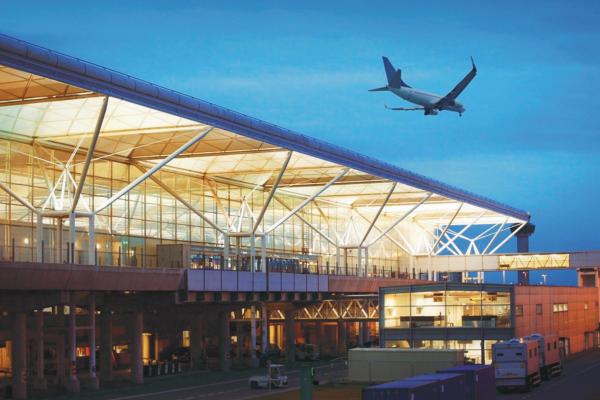With the collapse of Monarch in 2017 and now the demise of Thomas Cook, the travel industry – and particularly airports – is facing unprecedented pressures. The return of around 150,000 passengers to the UK, known as Operation Matterhorn, is the largest repatriation since WW2. This will place strains on airlines and airports alike: both need to demonstrate resilience.
The key aspects of resilience in such times are strong leadership from the Civil Aviation Authority (CAA) downwards, as well as effective communication at all levels. Applying lessons learnt from previous experiences will be significant. The successful messaging of plans to, as well as the prompt implementation of those plans for, passengers will be the litmus test for Matterhorn. Airports will understandably face disgruntled travellers and bear the brunt of queues. Hence, their contingency plans across all services on the land side will be critical. The business communities around airports need to be aligned and engaged in a holistic delivery of products and skills in a challenging set of circumstances.
Significantly, Resilience First has recently completed a study of airport resilience entitled ‘Agility within Airport Business Communities’. The report will be released on 17 October. We are privileged to have the Chair of the CAA, Dame Deidre Hutton, give the key-note address on the theme of ‘The Future of Airports’. Other speakers will address the key findings of the report, some of which are revealed in the attached infographic. Please register to attend here.
Airports are hubs – in effect, mini-cities – of activity with rapidly fluctuating through-puts. They need to be resilient and some are more resilient than others from our study.
For further reading, please visit our Knowledge Hub.


